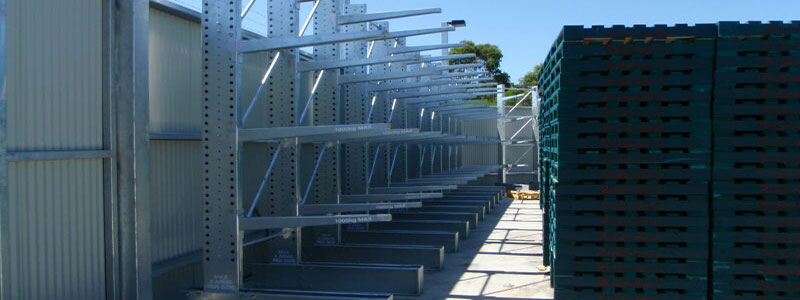Galvanized steel is made to stand up to intense conditions. This is why it is superior of other materials such as steel or aluminum. Its durable coating and structural soundness makes it more desirable for heavy projects and structures such as bridges, pipelines, or pallet racks. Galvanized steel is the only material which has been proven to withstand a variety of extreme weather conditions while still having the strength of steel. Galvanized steel can even withstand temperatures which are not found in nature and will still hold up to the extremes even if the protective zinc outer coating is compromised.
The studies which have been done in low-temperature environments have shown little change in the galvanized coating, and no significant difference in the corrosion rate of hot dip galvanized steel have presented themselves in temperatures dipping below -40F. Builders in polar climates have used galvanized steel in some of their structures which have remained usable for many years. However, while the galvanization of the steel and its anti-corrosive properties have remained uncompromised in polar conditions, the steel itself can become brittle over the years with continued use. Regardless, galvanized steel is still a wise choice in subzero areas.
Conversely, galvanized steel has the ability to be continuously exposed to temperatures of up to 392F without the protective zinc layer being compromised. If the galvanized steel is exposed to temperatures above that for a long period of time, though, the outer zinc coating will peel off and leave the underlying zinc-iron alloy layer exposed. While it will be more vulnerable to corrosion like this, it will still corrode at a slower rate that if it were steel alone. As these high temperatures are not found in any climate, galvanized steel is approved for climates with high temperatures over a long period of time.

